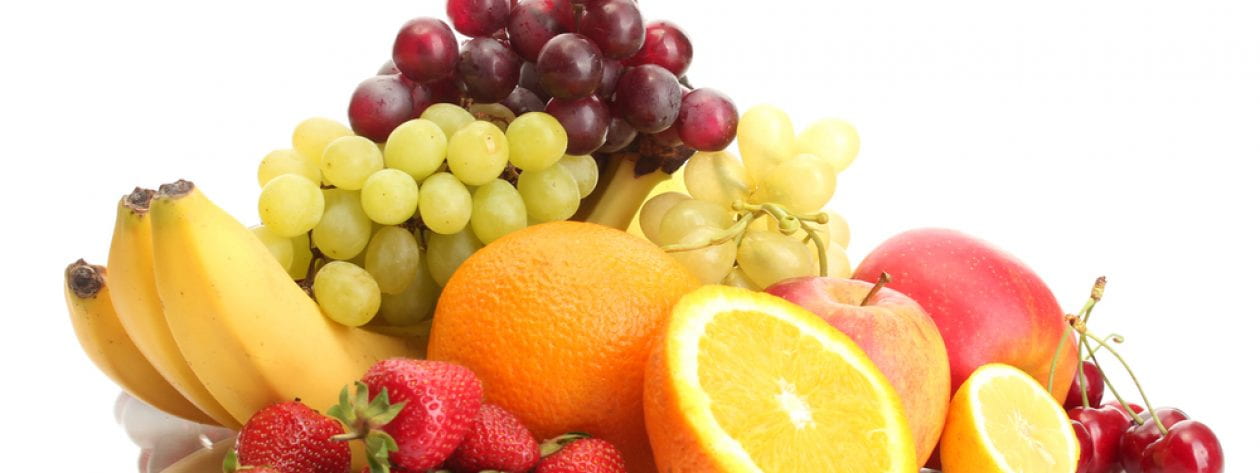It’s 8:45 am and your alarm goes off. You look over at the clock and realize you’ve pressed the snooze button twice already. Rushing to get ready for that dreaded final, you throw on clothes and shoes, grab your book bag and before you are out the door, do a mental check to make sure you’ve remembered everything. Once you are confident you are ready for the day, you are out of the door in no time. The thing is, you DID forget something; Breakfast.
Finals week can be hectic, and skipping breakfast can become a habit for some students. If students don’t skip breakfast, they often find themselves grabbing pre-packaged convenience foods that tend to be higher in calories, refined carbohydrates, added fats and sugars. The problem with this type of breakfast is that it will leave you feeling sluggish and can make getting through the day even harder.
grabbing pre-packaged convenience foods that tend to be higher in calories, refined carbohydrates, added fats and sugars. The problem with this type of breakfast is that it will leave you feeling sluggish and can make getting through the day even harder.
There are many reasons as to why college students are among the highest population to skip breakfast. Late nights, cram sessions, and the simple reason that precious sleep outweighs any benefits of waking up 10 minutes earlier to prepare a meal. The truth of the matter is, breakfast IS important to everyday life and skipping out will only harm your academic performance as well as your metabolism. Having a few tips up your sleeve can help to make breakfast more of a priority on for those fast-paced mornings.
Here are some quick and healthy ideas for morning meals on the go:
Overnight Oats: This is an extremely popular breakfast choice for people with fast-paced lifestyles. Use old-fashioned oats for your base, add milk and/or yogurt, and toss in your favorite fruit and nuts for a complete breakfast. Place your cup of oatmeal in the fridge and in the morning let it sit out for a few minutes or warm it up in the microwave to enjoy!
Microwaveable Eggs: YES, this is possible! Crack two eggs into a mug or bowl, add in a few tablespoons of milk, scramble together and place in the microwave for two minutes. Voila! Add a piece of toast and you have a perfect breakfast with time to spare.
Egg Wrap: Make a wrap with a slice of ham and cheese the night before. In the morning, prepare your microwaveable eggs (shown above) and add to the wrap and for a hot meal on the go. Top with a little hot sauce or salsa for a special kick!
 Waffles: Waffles provide the perfect vehicle for breakfast on the go. Warm up some waffles in the toaster or microwave and spread on your favorite toppings. Try peanut butter with banana slices!
Waffles: Waffles provide the perfect vehicle for breakfast on the go. Warm up some waffles in the toaster or microwave and spread on your favorite toppings. Try peanut butter with banana slices!
Finger Foods: Cut up an apple and a few cubes of cheese and toss them, along with a handful of almonds or pecans, into a portable container for a mess-free breakfast that’s perfect for munching on during your bus ride or walk to class of your final!
By waiting to consume any nutrients until lunch, your body is starving of essential vitamins and minerals. By the time you go to eat, you are more likely to pick less-nutritious options. Prioritizing your meals can be easy when you have everything ready to go in the morning and can help to start your day off right so that you can tackle those finals with ease.
Resources:
Mizzou Advantage. University of Missouri, n.d. Web. 21 May 2015. http://mizzouadvantage.missouri.edu/news/protein-rich-breakfasts-prevent-unhealthy-snacking-in-the-evening-mu-researcher-finds
“Skipping Breakfast.” National Center for Biotechnology Information. U.S. National Library of Medicine. Web. 18 Sept. 2015.








